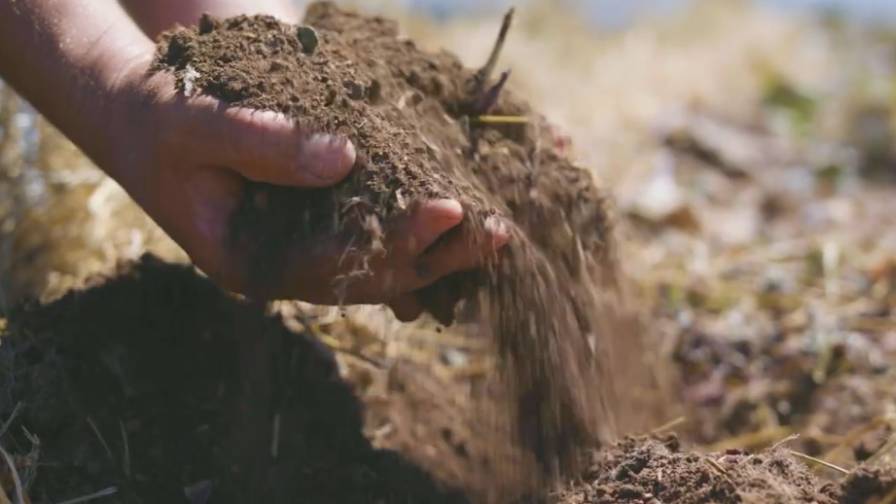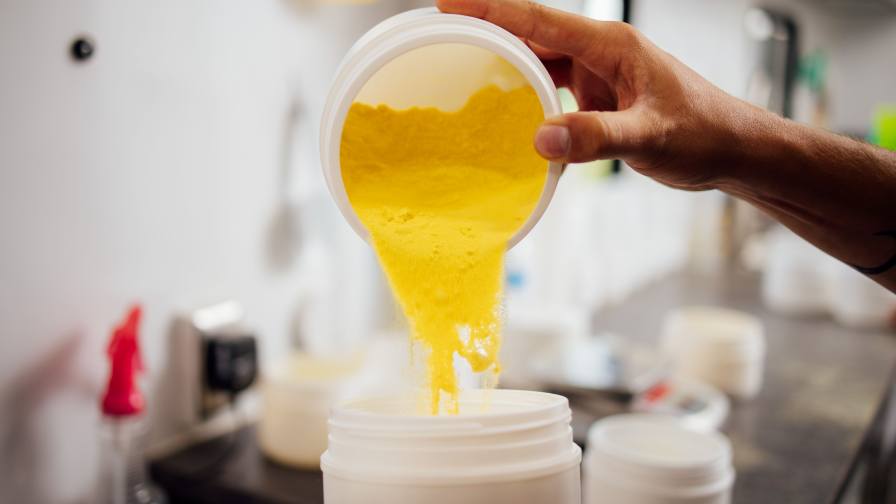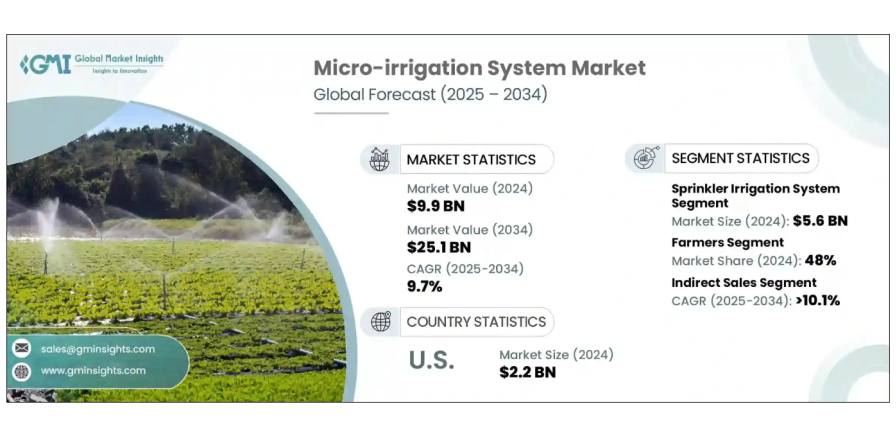Demand-Driven Agriculture: Where Profitability Meets Sustainability
Twenty billion pounds of produce is lost on farms every year. This isn’t only wasteful but also dangerous. Unpredictable supply and demand of food can have devastating consequences. Overproduction can lead to price slumps and “dumping” tonnes of food that would be perfectly good to eat. A bad harvest due to droughts, bad weather, or pests can also lead to equally catastrophic outcomes.
There will always be unexpected risks and unexpected challenges that might affect production. However, predictive technology and analytics can help growers plan and predict many of these outcomes, and therefore mitigate some of these risks before they spiral out of control.
Technology can help businesses in different ways. On the one hand, new devices in the field give food growers unprecedented data and insights they can act upon. On the other hand, this data and real-time knowledge can be shared and communicated further down the supply chain with increased speed and efficiency. Food factories or retail chains can manage production or plan their shelves accordingly, with a better idea of what the availability for a specific product will be in the near future.
However, the ultimate goal of ‘zero-waste’ and perfect planning can only be achieved through demand-driven agriculture. This means producing exactly what is needed. This doesn’t only mean there’s no waste of produce but also means not wasting resources such as water and energy, which are scarce and expensive in many regions. Food production in the U.S. uses 15.7% of the total energy budget, 50% of all land, and 80% of all freshwater consumed.
MORE BY RAVIV ITZHAKY
How Computer Vision Is Fast Becoming the Backbone of Next-Generation Agronomy
America wastes roughly 40% of its food. What’s more, a lot of the estimated 125 to 160 billion pounds of food that goes to waste every year is edible. Food waste is caused by multiple factors, from overproduction to poor planning and overbuying. There is a hefty price tag behind this waste, too. The annual bill for food waste in the U.S. alone is approximately a staggering $218 billion.
Food loss takes place for multiple reasons. Often farmers plant more than consumers demand to hedge against unexpected pests or bad weather. In other occasions, when the market value of a product is lower than the cost of transportation and labor, farmers might leave the crop unharvested, also known as “dumping”. How many of these externalities is technology able to preempt and predict? Can financial forecasting and bilateral communications between farmers and retailers stop over-production? Will technology advances enable us to perfectly grow food ‘on-demand’ so there is no waste of energy, resources, or labor for food that will never be consumed?
The role that technology plays in solving the demand and supply conundrum is huge. In many ways, some of the most successful software companies and platforms over the past decade have capitalized on connecting supply and demand. Think of Airbnb, Uber, or even eBay. You could argue that an empty guest room or an unwanted gift are just as much of a waste as an unsold ripe tomato. Or a driver with an empty seat can easily take another passenger on his commute with software that magically finds that neighbor that would benefit from the ride and would be willing to share the cost.
Some high-value crops are making big strides when it comes to demand-driven agriculture. For example, one of our customers grows tomatoes in hundreds of greenhouses across Mexico. This is an expensive and labor intensive fruit to grow, which also means that growers will be particularly interested in adopting processes, tools, and technologies that will help them save costs and make their entire operations more efficient by growing exactly what they will be able to sell.
In fact, this company has been able to perfect the “trickle up” communications within their supply chain. The company’s sales team will let them know every week how many tomatoes they need to deliver based on what distributors and customers demand. In addition, they use Prospera’s technology across their greenhouses which gives them real-time insights and data on the status of their tomatoes through sensors that are able to detect issues such as pests, and also suggest the optimal time to harvest. This level of control means there are no nasty surprises for growers or customers. In addition, there is no wasted product, labor, or energy, which in return gives the grower a higher profitability margin.
This is an example of how technology and food growers should collaborate towards a more sustainable future, that is less wasteful, more profitable, and arguably more ethical. Of course, there are many different ways in which on-demand agriculture technologies are being developed. For example, Japanese company SPREAD is currently the largest farm for vertical production. Headquartered in Kyoto, the company created a closed and sterile environment where food is grown without the use of pesticides or fertilizers. Over 50,000 heads of lettuce leave the plant every day, which are produced on several floors above each other, with a large part of the cultivation fully automated.
Closing the gap between supply and demand will always be a business challenge. But technology in this area will go beyond the morals of reducing waste. It is directly proving ROI positive outcomes for farmers and growers looking to save on labor and energy costs, and help them deal with increasing demands from customers further down the supply chain.










